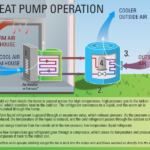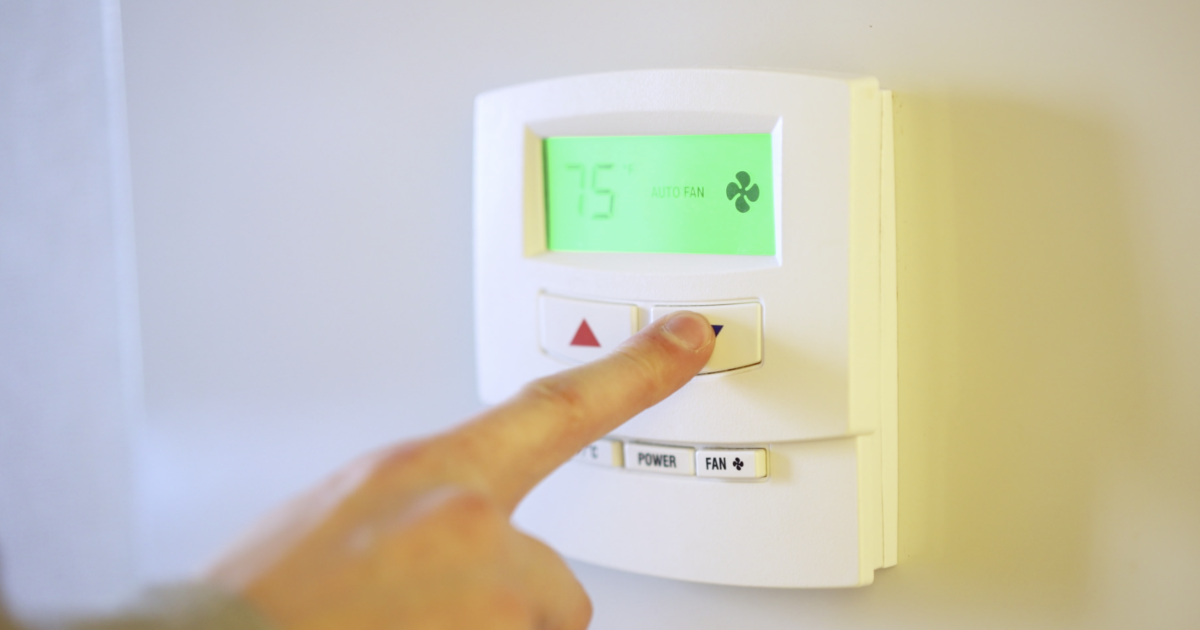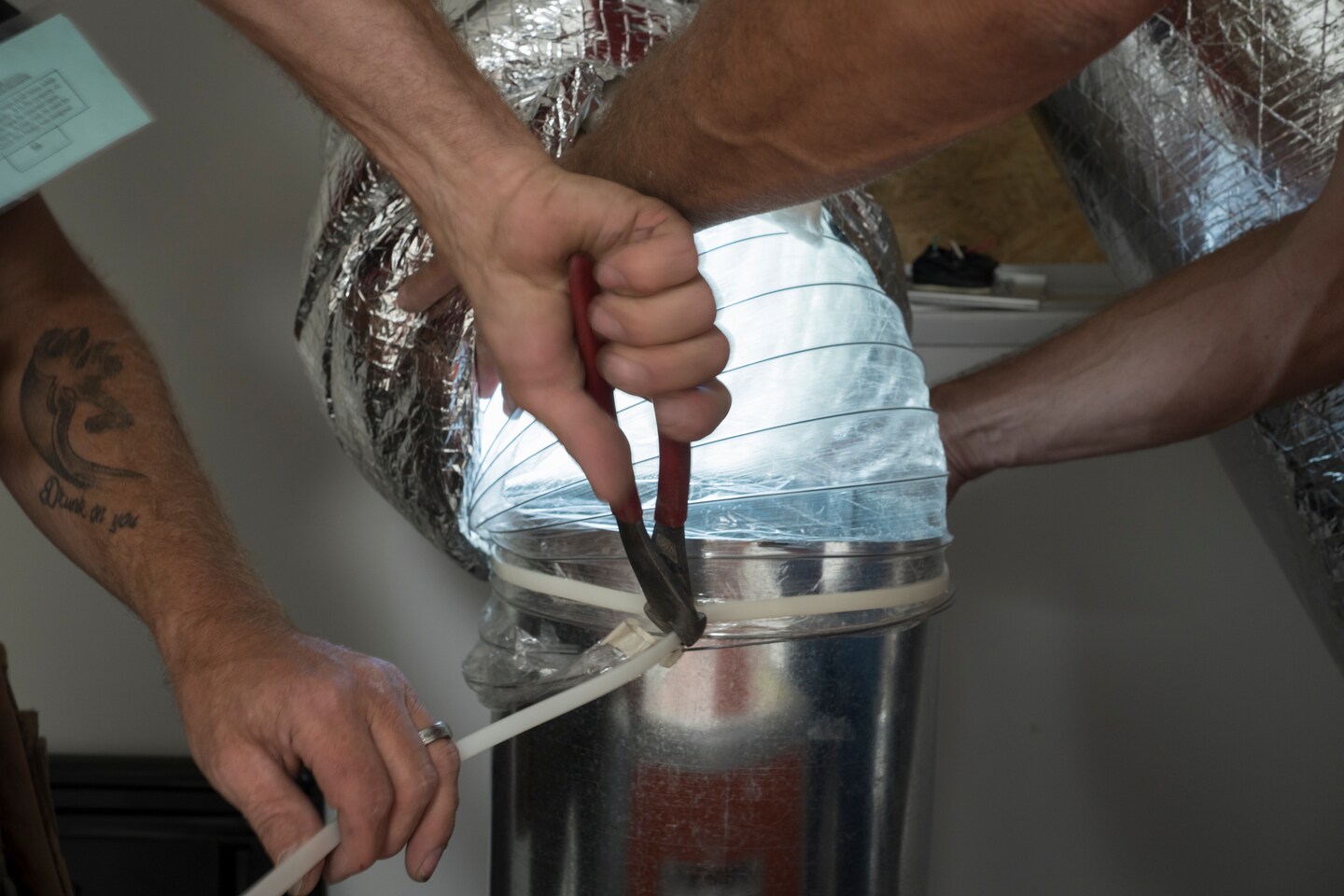Geothermal heat pumps provide earth-friendly energy for homes – The Washington Post
Energy Disrupter

Geothermal heat pumps, also known as ground source heat pumps, can be used almost anywhere in the country because all areas have nearly constant shallow ground temperatures, although systems in different locations will have varied degrees of efficiency and cost savings.
There are four basic types of geothermal heat pump systems. Three of these — horizontal, vertical and pond/lake — are closed-loop systems. The fourth type is the open-loop option, which is similar to a well. This type of system uses a well or surface water for heating and cooling. Less common standing column well systems are used in localities that permit the groundwater to flow outside of a closed loop system.
There are also hybrid systems that combine different design techniques to get the most heat out of the ground.
Several factors — such as climate, soil conditions, available land and local installation costs — determine which system is best for a site.
Most closed-loop geothermal heat pumps circulate an antifreeze solution through a closed loop — usually made of a high density plastic-type tubing — that is buried in the ground or submerged in water. A heat exchanger transfers heat between the refrigerant in the heat pump and the antifreeze solution in the closed loop.
“The constant temperature of the earth just below our feet is a sustainable resource literally in our own backyard,” said Arlene Anderson, technology manager in the Energy Department’s Office of Energy Efficiency and Renewable Energy. “It’s a green energy source ready for us to use to heat and cool our buildings while potentially lowering our utility bills.”
She said that the vertical geothermal heat pump is the most common system because it uses the least amount of land for installation.
For Keith Schue of Cherry Valley, N.Y., the trade-off between a geothermal heat pump and a furnace was a no-brainer. Schue’s environmental advocacy work inspired him to install a geothermal heat pump at his 1880-era Victorian-style house 2½ years ago.
“My whole deal is that if we are going to actually deal with climate change and get off of fossil fuels, we need to be doing things like this, whether it’s a ground-source heat pump or air-source heat pump,” he said. “Of course, we also need to make more carbon-free electricity to run them. Both renewables and nuclear power are important for that.”
Schue’s system includes a borehole in his yard that was drilled through the earth vertically to house the piping. Ductwork in his home delivers forced air from the heat pump.
“It was pretty interesting when they brought the drilling rig out here to do the work,” he said, noting that neighbors were curious about the project. “It’s a major operation to do the drilling, but so is the drilling of a regular well.”
Schue added: “A geothermal system is going to work better if you have good insulation in your house. I’ve improved the insulation in the walls. And I ended up putting in new ductwork myself. So I’ve basically been trying to restore this old house, and it was a good opportunity for me to put in a modern geothermal system at the same time.”
Ground temperatures are much more uniform throughout the year than air temperatures, but they do vary across the country.
Anderson said that when geothermal designers create a system, they take into account minor variations in ground temperature when doing their calculations.
“They look at subsurface conditions such as thermal conductivity to design the geothermal heat pump system,” she said. “Designers consider a building’s energy use and try to match what’s going to be provided from the ground and what’s going to be needed by the buildings, whether it’s a home or business or a whole development.”
A knowledgeable geothermal heat pump designer balances the yard size and soil conditions with the expected home energy use to develop the best heat pump configuration.
Dennis Higgins of Otego, N.Y., has a horizontal geothermal heat pump system that was installed in October 2019. Thanks to his horse pasture, he had plenty of open space available for the digging and trenching required to install the pipes.
Because no natural gas pipeline serves Otego, the Higgins’s 1½ -story conventional frame house was built with a liquid petroleum boiler for heat. Their original stove and dryer also used liquid petroleum. But Higgins and his wife, Katie, are avid environmentalists and over the years have made a big effort to decarbonize their household energy.
The couple mulled over installing a ground-source heat system for several years. The New York State Energy Research and Development Authority incentives and federal tax rebates for geothermal systems helped them make the decision to move forward.
“We still wound up paying quite a lot,” Higgins said. “This isn’t something that everybody can do.”
Their system cost $65,000, which translated into $33,000 after incentives and tax rebates. “We were fortunate because we could pay for the system upfront and then get the incentives,” Higgins said. Air-source heat pumps are less expensive, but they are not as efficient in terms of cold-weather performance.”
If you are building a new home, or considering replacing an oil or gas-burning heat system, the cost of an air-source or ground-source heat pump could be competitive.
The Higgins’s geothermal system has nine lines of piping, each 160 feet long. The pipes are 6 feet underground and filled with water. The water is heated by the earth, which is in turn used to heat the house.
“We have a big pump downstairs,” Higgins said. “We also have smaller pumps that move the water into and out of the house. The geothermal pump extracts heat from the water. And then the water is pushed back out into the field where it again warms to the temperature of the earth.”
Their geothermal system generates no combustion emissions, and, thanks to an electric vehicle and new electric dryer and stove, the homeowners have significantly cut their fossil fuel use. The 18 kilowatts of solar panels on their house and barn help power the geothermal system, which does use a lot of electricity. Still, the Higginses have substantially decreased their annual energy costs.
In Upstate New York, electricity is mostly carbon free, being supplied by the huge Robert Moses Niagara Hydroelectric Power Station and nuclear plants on Lake Ontario. Downstate New York is less fortunate. Ninety percent of its electricity is generated by big gas- and oil-burning power plants.
“There is less environmental benefit if you heat your home with an air-source or ground-source heat pump which requires electricity from a fossil-fuel power plant,” Higgins said. “We need to make sure all our energy is carbon free.”
Anderson likes to make reference to Whisper Valley, a master-planned residential development in the Austin, metro area that combines a community-wide geothermal energy grid with solar photovoltaic and advanced battery storage and management technologies to deliver zero-energy-capable homes.
“When the power went down for a considerable length of time last winter, this community, which is mostly made of individual geothermal systems in each home, was able to stay online,” she said. “Whisper Valley is a great example for using geothermal heat pumps in a loop district system.”
Besides the obvious advantages in reducing the carbon footprint, geothermal heat pumps have resiliency benefits. Because they require less power to transfer heat, they require less power to run, which puts less stress on the grid.
Geothermal heat pumps exist in all U.S. states and territories. “The Department of Energy did an analysis called GeoVision where, if we were very aggressive on the deployment of this technology, it could reach something like 28 million homes by 2050,” Anderson said.
Many utility companies offer rebates because geothermal heat pumps decrease the burden on the grid in times of peak demand. The federal government recently extended the federal tax credits for residential renewable energy products such as geothermal heat pumps through Dec. 31, 2023.
Original Source: https://www.washingtonpost.com/business/2022/03/29/home-geothermal-heat-pumps/
















